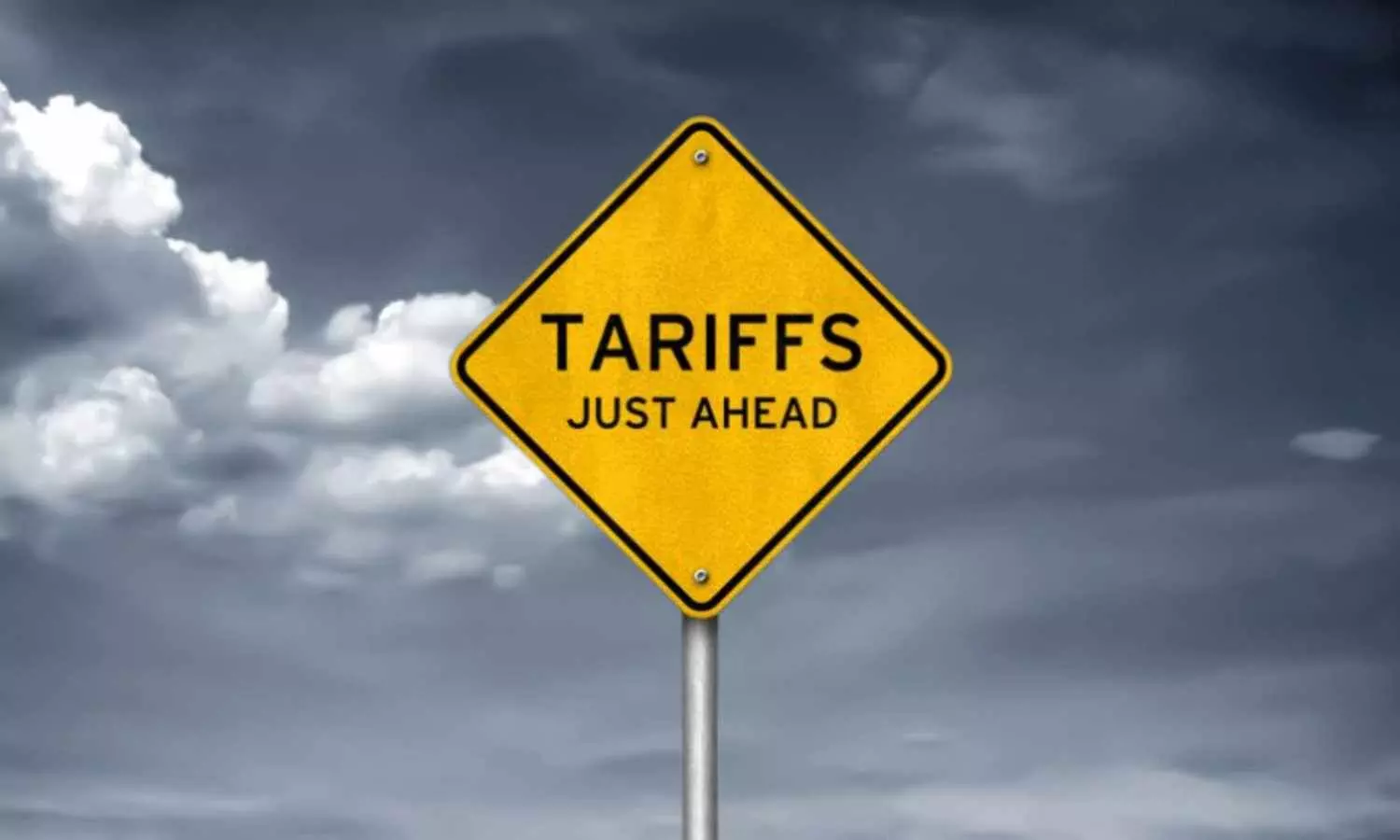Inflation, Tariffs and the road ahead
Trump’s new 26% tariff on Indian exports could disrupt key sectors like pharma, textiles, IT, and auto parts. Experts warn that higher tariffs may hurt India’s competitiveness, strain U.S.-India trade ties, and impact global economic growth.
Inflation, Tariffs and the road ahead

Tariffs increase the price of imported goods, which raises costs for consumers and can make domestic products more competitive. While tariffs generate government revenue and protect domestic industries, they are also linked to negative economic effects, such as reduced consumer surplus, negative impacts on export-reliant sectors, and potential economic slowdowns due to reduced trade. The overall effect can vary depending on the specific tariff, the economy, and trade policies, but economists generally agree that tariffs can be self-defeating and harmful to economic growth.
India has a diverse portfolio of exports to the United States, with sectors such as pharmaceuticals, textiles, gems and jewelry, information technology, and auto parts playing a vital role. Trump’s 26 percent tariff on Indian exports could have a significant impact on these industries, making Indian products less competitive in the U.S. market.
India is one of the world’s largest suppliers of generic drugs, with 40 percent of all generic medicines used in the U.S. coming from Indian manufacturers. Increased tariffs could raise costs for U.S. consumers and pharmaceutical companies, reducing demand for Indian-made medications. Indian pharmaceutical firms, which already operate on thin margins, could face profitability challenges.
The U.S. is a major importer of Indian textiles, garments, and cotton products. Higher tariffs could force Indian textile exporters to either absorb costs (reducing their profit margins) or pass the costs to consumers, making them less competitive. This move could benefit competing nations such as Bangladesh and Vietnam, which are key textile exporters to the U.S. However, both have also been subject to the new tariffs: Bangladesh at 37 percent and Vietnam at 46 percent.
The Indian IT sector generates billions of dollars in revenue from the U.S. through software exports, outsourcing, and business consulting services. While services are not directly affected by the Trump tariffs, related hardware and software exports could become more expensive, affecting companies like Infosys, TCS, and Wipro. If tensions escalate, India might face stricter visa regulations for Indian tech professionals working in the U.S. under H-1B and L-1 visas.
India exports a substantial amount of auto parts and two-wheelers to the U.S. Trump has imposed a 25 percent tariff on all imported vehicles and auto-related goods, which could hurt Indian automakers like Tata Motors, Mahindra, and Bajaj Auto. The higher costs could drive U.S. buyers toward domestic or alternative suppliers, affecting India’s automotive export revenue.
The Indian government has not yet issued an official response, but several options are available. Historically, India has taken reciprocal measures in response to U.S. trade actions. In 2019, when the U.S. removed India from the Generalized System of Preferences, India retaliated by increasing tariffs on 28 American products, including almonds, apples, and medical equipment.
If India chooses to retaliate, it could impose higher duties on U.S. agricultural products, industrial machinery, and tech imports. Additionally, India might explore new trade agreements to diversify its export markets, reducing dependence on the U.S. as a key trade partner. Alternatively, India could negotiate tariff reductions with the U.S. by emphasizing the steps it has already taken to lower tariffs on certain American goods. Recent efforts by India’s Finance Minister Nirmala Sitharaman to reduce high duties on luxury goods might be leveraged as a bargaining tool in discussions with U.S. trade representatives.
Beyond trade, the India-U.S. strategic partnership spans areas like defense, digital trade, and infrastructure development. A prolonged trade dispute could introduce friction into broader bilateral relations, affecting ongoing discussions on defense cooperation, clean energy, and the Quad.
India is a major buyer of U.S. military equipment, including fighter jets and missile systems. Trade tensions could spill over into defense negotiations.
In addition, the U.S. has been encouraging India to adopt U.S.-made green energy technologies. Increased tariffs on tech-related imports could hinder clean energy collaborations.
And finally, India and the U.S. are key members of the Quad (with Japan and Australia), aimed at countering China’s influence. A trade conflict could weaken diplomatic coordination on Indo-Pacific strategy.
If protectionist policies continue under a potential Trump administration, India may seek to strengthen ties with alternative trade partners such as ASEAN, the European Union, and Latin America. This could lead to greater regional trade integration, potentially reducing India’s reliance on the U.S. market.
Additionally, other countries may benefit from this situation. If Indian exports to the U.S. become more expensive, U.S. importers might shift to alternative suppliers, affecting India’s market share.
Trump’s new tariff policy marks a significant challenge for India’s trade and economic policy. While supporters of the tariffs believe that they will create a fairer trade system, critics argue that they could trigger retaliatory actions and slow global economic growth.

